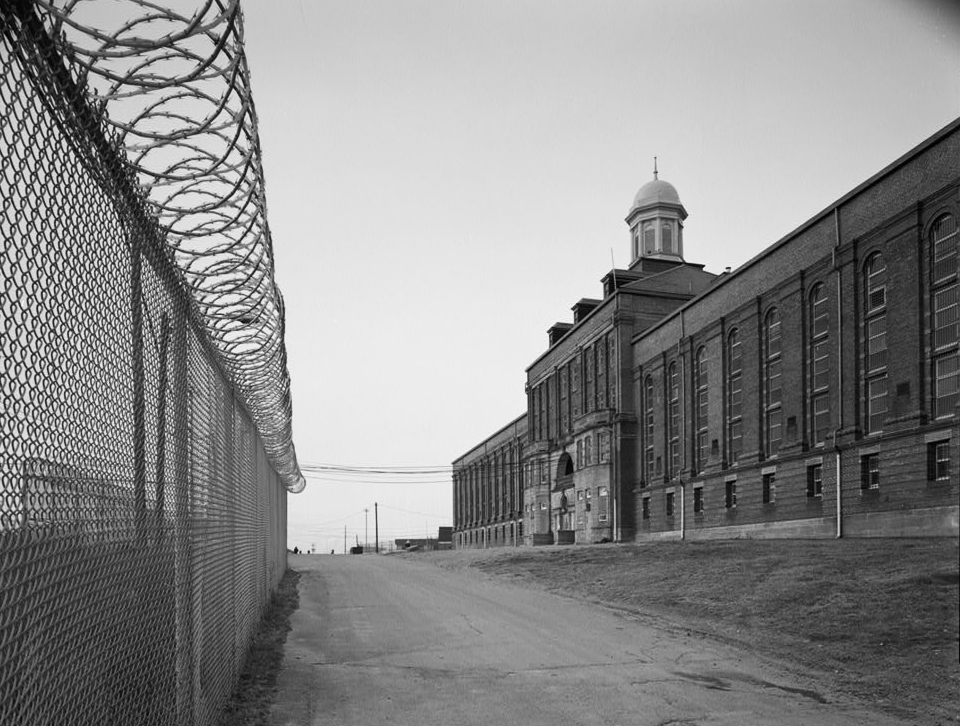
Release from prison during an economic upswing may reduce the chance an offender returns to jail, a new study finds.
The issue: Over 10,000 prisoners are released from jail every week in the United States, according to the Department of Justice. Two-thirds are rearrested within three years. Academics have looked at numerous factors that may explain this recidivism rate. A new paper focuses on the role employment can play in helping former convicts adjust to life outside prison.
An academic study worth reading: “Local Labor Markets and Criminal Recidivism,” published by the Journal of Public Economics in December, 2016.
Study summary: Crystal Yang of Harvard Law School asks how the availability of jobs in the county where an offender was convicted – which is where 90 percent of inmates settle upon release – affects recidivism.
She looks at government data on 4 million prisoners released nationwide between 2000 and 2013, a period of both rapid economic growth as well as decline. She compares this with employment and earnings data from the Census Bureau, specifically on the wages of low-skilled men, who are the primary ex-prisoner population. Noting that the are many reasons former offenders struggle to find jobs – beyond conditions in the local economy or the prejudices of potential employers – Yang adds: “The vast majority of ex-offenders have low human capital, limited job experience, and suffer from mental and substance-abuse issues, potentially impeding their ability to obtain employment regardless of criminal history.”
To narrow the data, Yang looks only at an offender’s first release from jail and at recidivism within three years of release (the recidivism rate falls dramatically after a few years).
Key takeaways:
- During a typical economic expansion, wages for low-skilled jobs grow 4 to 5 percent. At the same time, recidivism falls by 2.3 to 4 percent.
- A growth in low-skilled wages by 1 percent is associated with a 0.43 to 0.46 percent decline in the risk of returning to prison.
- Males and younger offenders are more likely than women and older offenders to return to prison; black offenders are more likely to return than white or Hispanic offenders. Those with higher education levels are less likely to return to prison.
- Black offenders are more likely than white offenders to respond positively to an increase in wages.
- Prisoners convicted of theft are more likely to return to prison than those convicted of violent crimes or drug-related offenses.
- Prisoners who are freed by a mandatory parole are more likely to return to prison than those who are released at the recommendation of a parole board.
- Recidivism among prisoners released during the Great Recession of 2007 to 2009 increased by 5.5 to 9.6 percent. Some states like California released inmates during the recession to reduce overcrowding. But because of the tough job market at the time, the move “may have impeded the ability of ex-offenders to find employment, potentially increasing future recidivism and endangering public safety.” The association is especially apparent because wages in two industries that hire a number of former inmates – construction and manufacturing – fell at the time.
- Yang calculates that 55,000 inmates released during the Great Recession were at risk of returning to prison within three years. With an average prison stay of over a year, “these offenders may entail over $1.6 billion in costs, in addition to decreases to public safety.”
Helpful research and resources:
- This 2016 paper in The Economic Journal finds that growth in construction and manufacturing jobs is associated with lower recidivism in California.
- This 2014 study from the Bureau of Justice Statistics looks at recidivism patterns between 2005 and 2010.
- Released in 2008, this longitudinal study looks at what former prisoners do upon release. It found 59 percent of former offenders did not have a legitimate job eight months after release.
- The National Corrections Reporting Program at the Bureau of Justice Statistics is probably the most comprehensive survey of America’s prison population.
- Ban the Box is a civil rights campaign to persuade employers not to ask applicants if they have a criminal record.
- In 2012 the U.S. Equal Employment Opportunity Commission, working under the powers of the 1964 Civil Rights Act, issued new guidance on how criminal records can be used in the hiring process.
